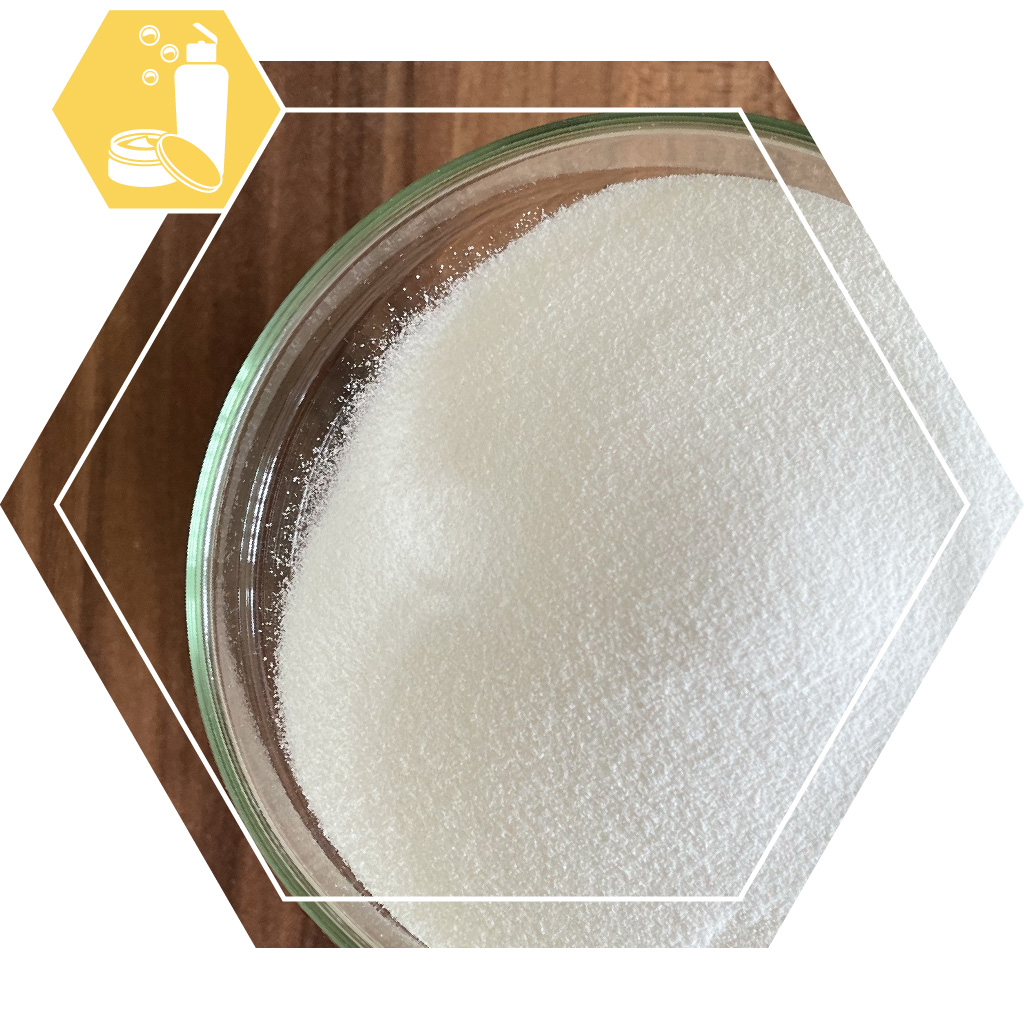Cosmetics raw material
Description
HPM Cellulose is a thickener for use in cosmetics.
Caution!
Please read all information below and the general product information before purchasing.
Use
Use HPM Cellulose to thicken liquids that partly consist of water. To limit the formation of lumps, it is recommended to first mix it well with a small amount of the viscous liquid in the mixture, for example glycerin, HexaCon 91 or Polysorbate 20. Then mix this with the water and the other ingredients of the formula and you are done. Heating is not needed.
HPM Cellulose can also be used to thicken difficult products with a low pH (such as deodorants) and high alcohol (such as disinfectant gels). Even so, there are limits here too, by experiment it can be determined what works and what does not.
As a thickener, use about 0,2-2% in the final product. More is possible, but usually results in a more or less solid product. The correct dosage is best found by trial and error. Keep in mind that the liquid will thicken a bit after mixing, the viscosity can increase for at least 24 hours after mixing.
When used as a stabilizer of an emulsion, 0,1-0,5% is often sufficient.
At a higher dose, when the liquid is rubbed, a white or gray deposit may form on the skin. That can't hurt and is rubbed off in no time, but it's not very attractive. For that reason, too, it is advisable to determine the best dose by experimenting.
Properties
HPM Cellulose is an almost white powder at room temperature. The material has a fairly long shelf life: keep in a cool, dry, dark and well-closed container. Keep it dry in particular and therefore do NOT store it in the refrigerator.
Sustainability
HPM Cellulose is made about half of cellulose: a renewable, plant-based substance. However, it is partly made from rock salt, natural gas and petroleum. It is degradable in the environment and not very harmful to plants and animals.
Packaging
The packaging consists of white plastic (PP) jars with lid.
Dangers
HPM Cellulose is not classified as a hazardous substance. Nevertheless, we recommend that you handle all raw materials with care and keep them out of the reach of children.
Codes
Item number: 16030
Dutch name: HPM Cellulose
EC number: 618-389-6
CAS Number EU: 9004-65-3
CAS Number TSCA: 9004-65-3
INCI: HYDROXYPROPYL METHYLCELLULOSE




